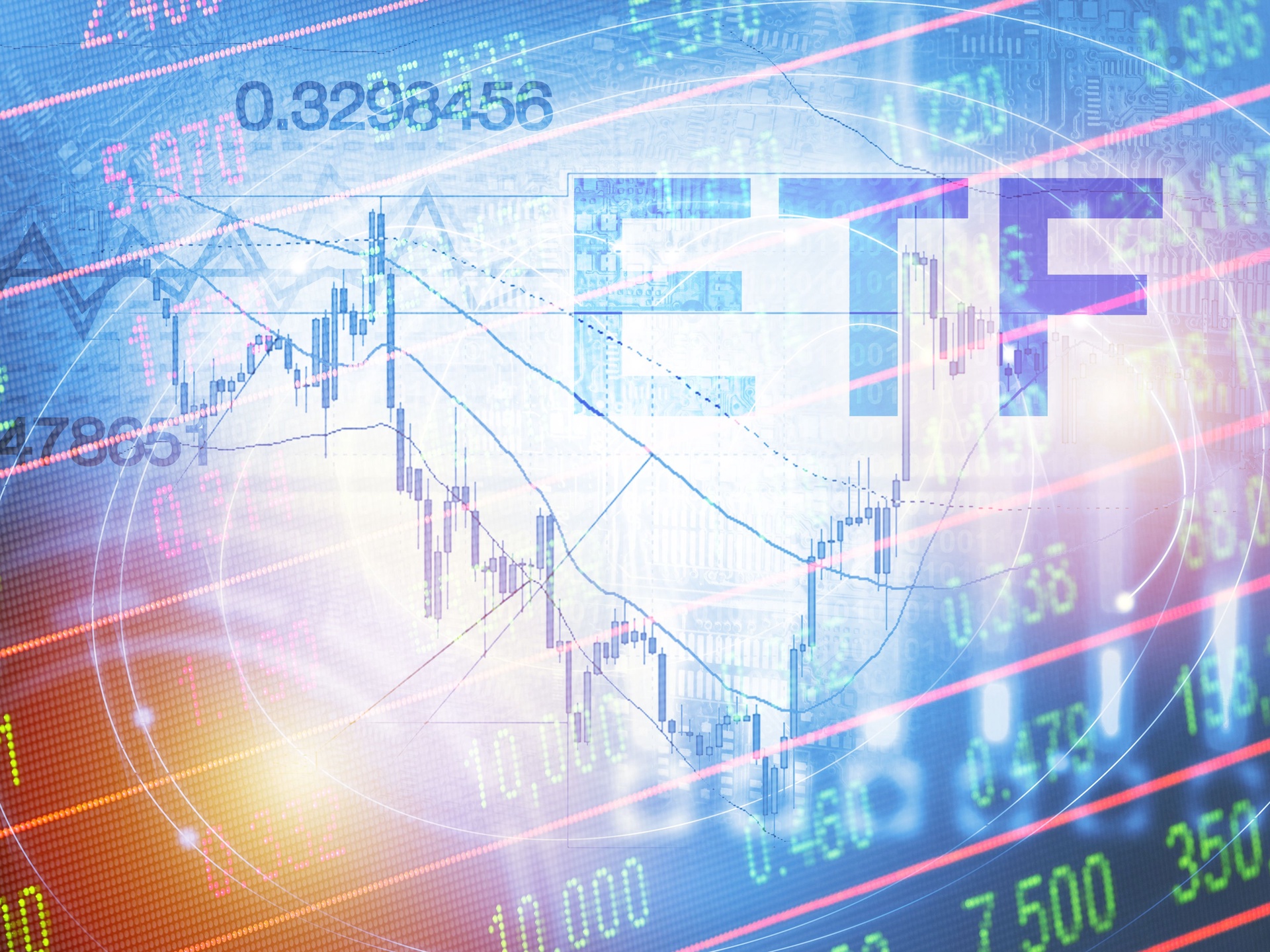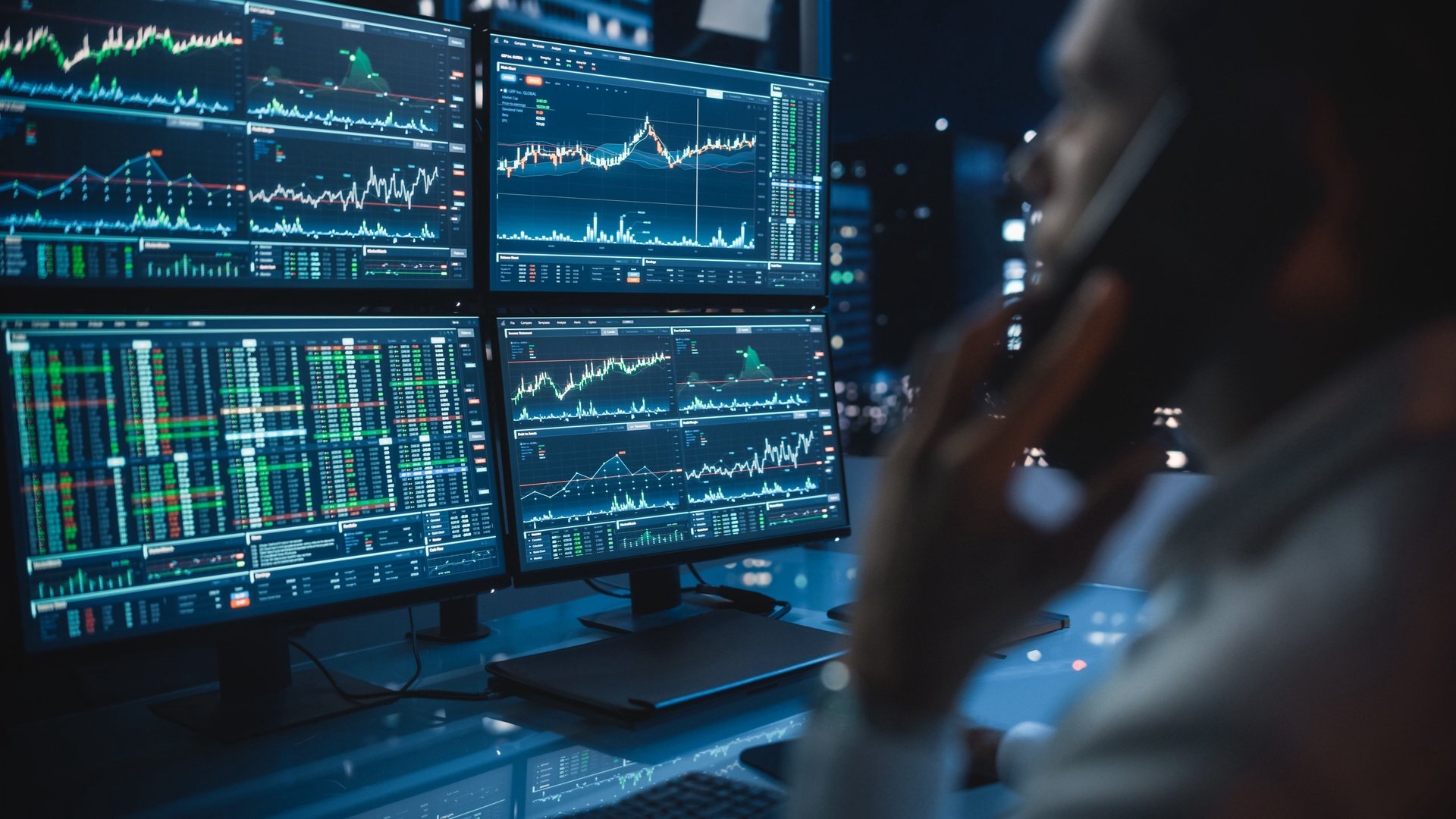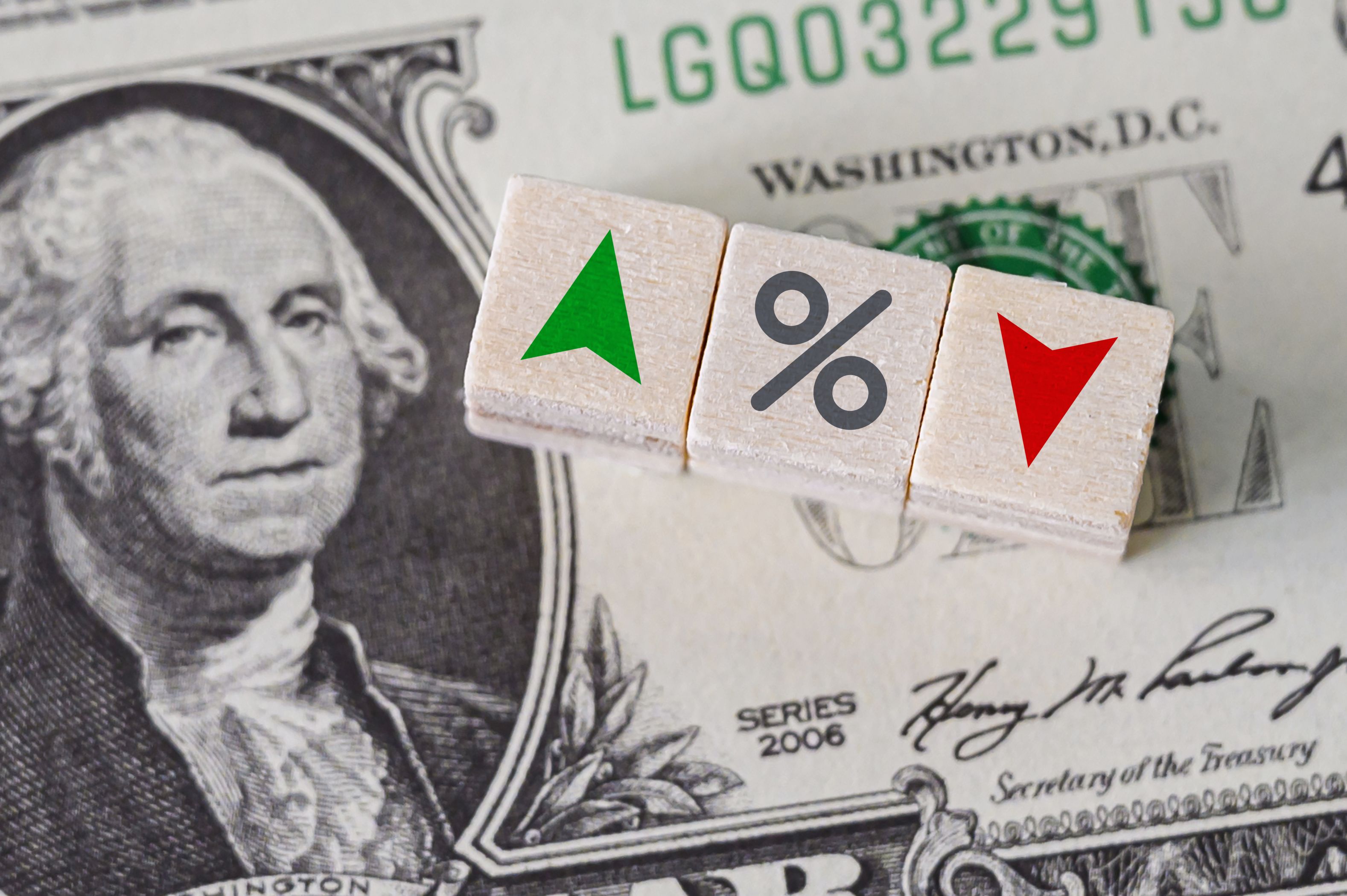Fears that an elevated inflation may dampen what could otherwise be another good year for investors in 2022 were raised during a host of outlook briefings by major asset managers this week.
But although rising inflation would negatively impact asset prices in the new year, there is consensus that the global macroeconomic recovery will continue in 2022 provided the Covid-19 pandemic remains under control, according to separate outlook briefings given by experts from BlackRock, DWS, and T. Rowe Price.
“Going into 2022, inflation remains elevated, central bank missteps are possible as massive monetary stimulus is unwound,” says Thomas Poullaouec, head of multi-asset solutions, Asia-Pacific, at T.Rowe Price. “Apart from that, China’s growth is moderating while supply chain bottlenecks are still weighing on global economic activities. Despite all these risks, we believe that global growth was delayed but not derailed in 2021, paving the way for the recovery to extend in 2022.”
This means that global growth is likely to remain above trend as the economy normalizes after the pandemic-induced distortions fade off. However, monetary and fiscal stimuli are likely to be less supportive in 2022, implying a less complacent allocation of capital. Extreme Covid behaviour in spending, supply chain and the job market, for example, will dissipate, according to Poullaouec.
Elevated levels
DWS and BlackRock both expect inflation to remain at elevated levels in 2022 as a result of monetary tightening by central banks. Inflation, however, is expected to decline later in the year as supply chain bottlenecks brought on by the pandemic continue to ease.
“The most controversial topic at present is probably the further development of inflation,” says DWS chief investment officer Stefan Kreuzkamp. “Normally, inflation is triggered by increased demand. But this time the situation is different. Supply-side constraints due to supply chain disruptions have shifted the supply curve to the left. Added to this is pent-up demand. These two factors are largely responsible for the recent, surprisingly strong rise in inflation figures.”
Kreuzkamp is nevertheless cautiously optimistic as he expects supply chain problems to gradually recede in 2022, bringing with it a corresponding drop in inflation, although it should remain well above the level seen before the outbreak of the pandemic. DWS expects inflation to be 2.8% in the United States, 2.6% in the eurozone, and 2.2% in China.
BlackRock, however, cautions that inflation is here to stay and that investors should prepare accordingly. “A view that inflation is a temporary phenomenon, which should self-correct as demand normalizes and supply bottlenecks ease, has been increasingly challenged,” says Belinda Boa, head of active investments for Asia Pacific and CIO of emerging market equities at BlackRock. “The underlying cause of the spike goes beyond glitches and cyclical factors and entails structural issues that make a return to the Federal Reserve’s target inflation rate of about 2% annually unrealistic.”
Economic decoupling
One reason is that economic decoupling has costs. The move from just-in-time to just-in-case supply chains reflects the more nationalistic view of the post-Covid world. But disruptions to global supply chains started in 2018 amid the US-led trade wars, according to BlackRock.
Another reason is that the cost of servicing debt, particularly in the US, would be significantly higher if rates moved alongside the current level of US inflation, in the mid-single digits.
“The Fed has not rushed to raise interest rates, partly because doing so, even in small increments, would cost a lot in the form of interest on the debt, and partly because full employment, another objective for the Fed, has yet to be achieved,” Boa says.
In this kind of market, equities will continue to be among the highest-yielding investments in 2022, but the price potential is significantly lower than in 2021. DWS expects price increases in the mid-single digits as valuations have probably peaked. Price performance in the coming year is likely to depend on the development of corporate earnings, according to Marcus Pope, fund manager for global equities at DWS.
“We are reasonably optimistic about the prospect for Asian risk assets. We do not believe such uncertainties nor the interplay of rising inflation, the flux of fiscal and monetary policies, or a slowing of the Chinese economy will derail the global economic recovery. We are not suggesting the road ahead will be free of bumps, but we do believe that Asian risk assets may surprise upward in 2022,” says Boa.









